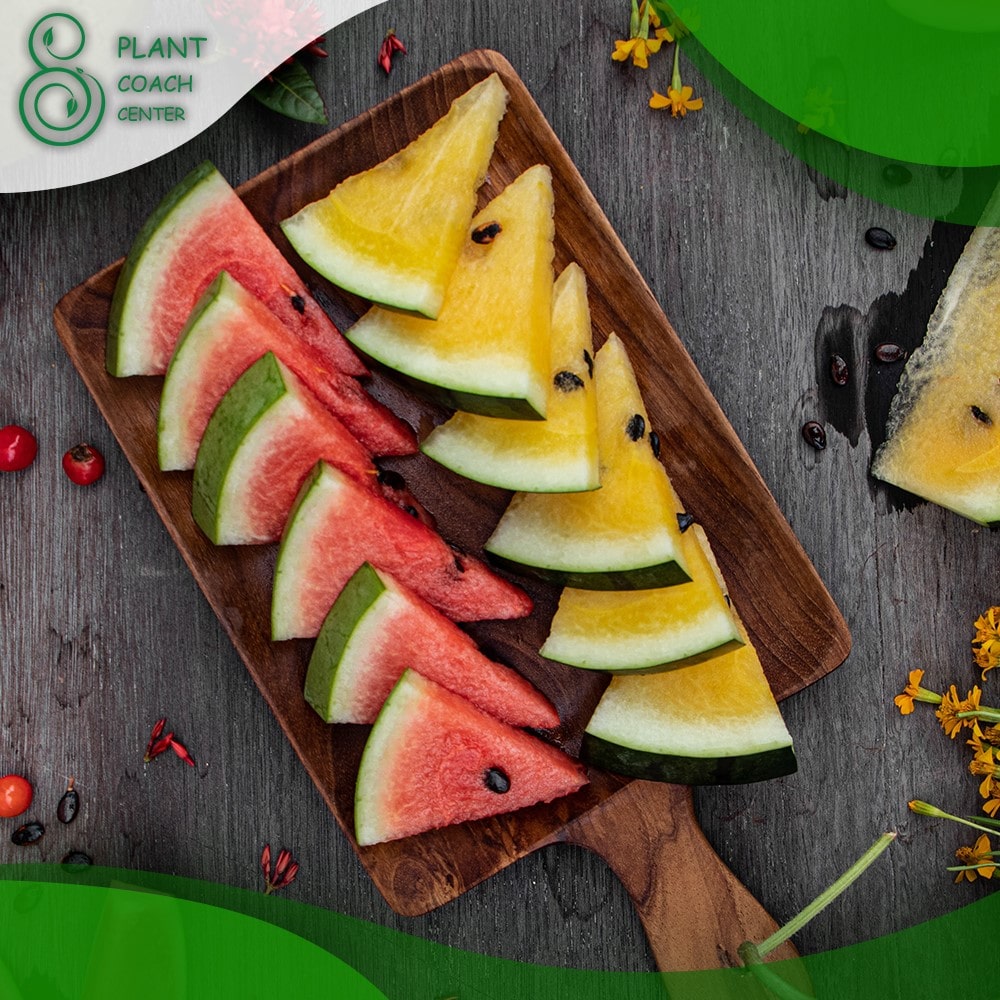When Should I Plant Watermelon Seeds?
Welcome to the world of juicy anticipation and sun-soaked delight – the journey of planting watermelon seeds! As gardeners, we embark on a tantalizing adventure, nurturing tiny seeds into sprawling vines that promise mouthwatering sweetness.
The art of watermelon cultivation isn’t just about dirt and water; it’s a dance with nature’s rhythm, a collaboration between the elements and our gardening aspirations. Picture this: sinking your teeth into a slice of freshly harvested, perfectly ripe watermelon, it’s vibrant colors and sweet juices instantly transporting you to summer bliss. But the path to such luscious rewards requires careful timing, a symphony of soil temperature, daylight hours, and regional idiosyncrasies.
This verdant guide delves into the enchanting question, “When should I plant watermelon seeds?” Uncover the secrets of sowing success as we explore the seasons, climatic cues, and strategic approaches, culminating in the juicy crescendo of a homegrown watermelon harvest.
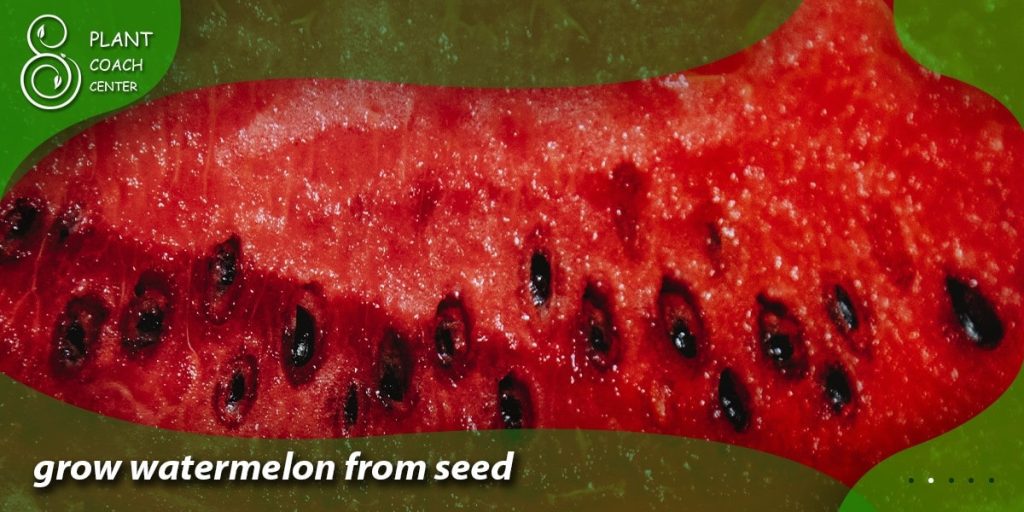
Seasonal Sweetness: Finding the Perfect Time to Plant Watermelon Seeds
Timing, they say, is everything. This adage holds particularly true in gardening, where the right moment can distinguish between lackluster results and a bountiful harvest. When planting watermelon seeds, the key lies in understanding the seasons that dance across your region. Every locale boasts its own climate quirks and rhythms, painting a unique canvas for gardeners to navigate.
In temperate regions, where frosty mornings and chilly evenings dominate the winter and spring months, waiting until the last frost has bid its farewell before even considering sowing those watermelon seeds is best. These frost-sensitive plants thrive in warm soil and ample sunlight, so you’ll want to ensure the threat of frost has subsided before introducing them to the earth. Keep an eye on your local weather forecasts and consult gardening resources to pinpoint that magical moment when the cold retreats and the warmth of spring sets in.
Conversely, if you’re tending to your garden in a more tropical or subtropical realm, the window for planting watermelon seeds might be more comprehensive. The luxuriously warm temperatures of these regions offer a more forgiving backdrop, often allowing for an extended planting season. However, even here, it’s essential to avoid the peak of scorching summer temperatures, which can stress young seedlings. Striking the right balance between preventing the chill and steering clear of the heat wave requires a blend of local knowledge, experience, and a dash of gardening intuition.
The seasonal clockwork is a natural guide for your watermelon planting endeavors. Whether embracing the blossoming flowers of spring or seeking solace in the warmth of a tropical paradise, aligning your sowing schedule with the local seasons sets the stage for a harmonious partnership between nature and your gardening aspirations. So, as you prepare to bury those watermelon seeds, remember that the beauty of the right timing isn’t just in reaping succulent rewards – it’s in the journey of nurturing life from seed to fruit in sync with the rhythm of the seasons.
Reading the Climate Calendar: Understanding Your Region’s Optimal Planting Window
Nature is a master storyteller, and the climate in your region holds the key to deciphering the ideal time for planting watermelon seeds. The climate calendar, often written in the language of temperature and precipitation, provides valuable insights into the rhythm of your local ecosystem. Reading and interpreting this calendar can unlock the secrets to a successful watermelon harvest.
Start by identifying your region’s average last frost date in the spring. This critical information indicates the point at which the risk of frost damage to your tender watermelon seedlings significantly diminishes. With this knowledge, work backward to calculate when you should sow your seeds. As a general rule of thumb, aim to start your watermelon seeds indoors several weeks before the last expected frost, giving your sources a head start in a controlled environment.
Beyond frost dates, pay attention to the warmth of your soil. Watermelon seeds germinate best in soil temperatures between 70°F to 95°F (21°C to 35°C). If planting directly into the ground, use a soil thermometer to ensure the earth has warmed adequately. If you’re working with more excellent soil, consider using row covers or raised beds to create a microclimate that nurtures your seeds.
Climate calendars are also rich in information about the duration of your growing season. Watermelons require a longer growing season to reach maturity, typically around 70 to 90 days from planting to harvest. Be sure to choose watermelon varieties that align with your region’s growing window. For short-season climates, look for varieties that mature quickly or explore options like “early” watermelons.
Lastly, consider rainfall patterns in your region. Watermelons need consistent moisture during their growth, particularly as they establish themselves. Planting during regular rainfall can reduce the burden of constant watering.
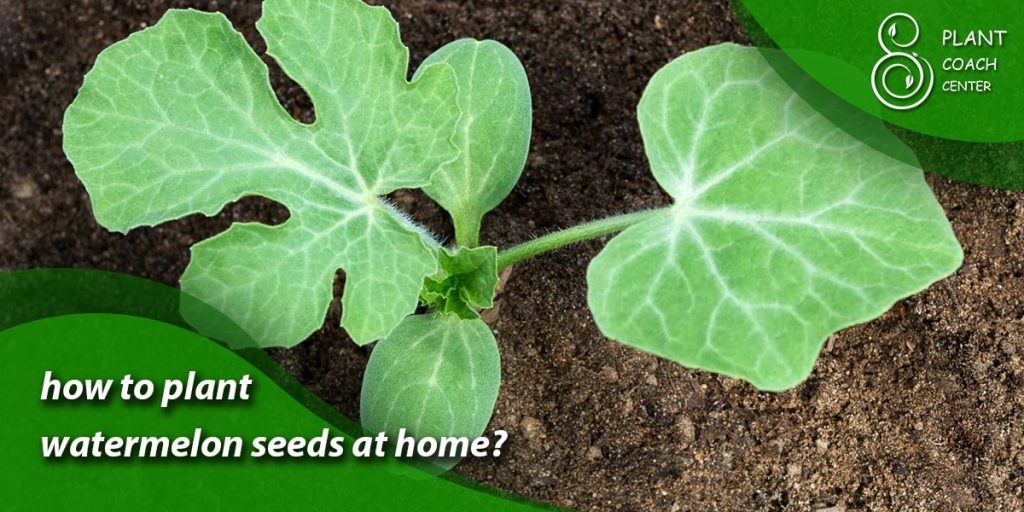
Timing for Trellis: How Planting Watermelon Seeds Aligns with Your Gardening Goals
Gardening is both an art and a science, and choosing the right time to plant watermelon seeds involves careful consideration of your gardening objectives. One such factor to remember is whether you plan to grow your watermelon vines vertically on a trellis or allow them to sprawl across the ground. This decision can significantly influence your planting timeline and the overall management of your watermelon patch.
For those who opt for trellising, the benefits are manifold. Vertical growth maximizes space utilization and enhances air circulation around the plants, reducing the risk of fungal diseases. However, trellising necessitates more planning. Since vertically trained watermelon vines tend to mature earlier than their sprawling counterparts, you can capitalize on this by starting your seeds later. This way, you can synchronize the maturation of your watermelons with the available trellis space and ensure that your fruits receive ample sunlight for optimal ripening.
On the other hand, if you’re embracing the traditional method of letting your watermelon vines roam freely across the ground, an earlier planting date might be more suitable. This grants the plants ample time to establish their sprawling growth pattern, sending out runners and anchoring themselves in the soil before they start producing fruits. While this approach might require more space, it accommodates sprawling varieties’ more extended maturation period.
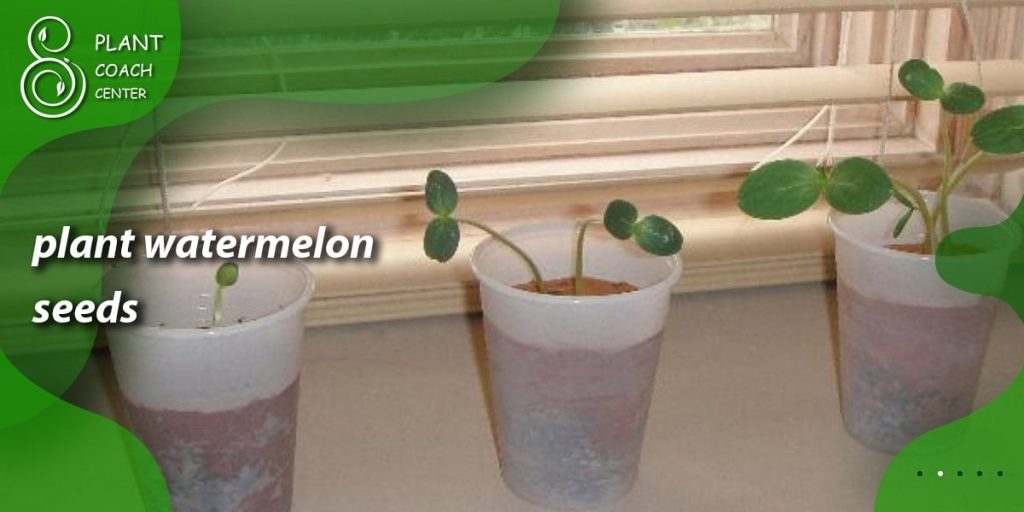
Frosty Foes and Sunlit Success: Navigating Temperature Variations for Seed Planting
Temperature fluctuations are like a delicate dance that influences the growth trajectory of your watermelon seeds. Understanding how these temperature swings impact your roots can mean the difference between a thriving garden and a lackluster harvest. Frost and extreme heat are two climatic adversaries you need to be mindful of as you plan your watermelon seed-planting strategy.
Frost is an early-season villain that can spell disaster for tender watermelon seedlings. These frost-sensitive plants are susceptible to damage from even a light frost, which can stunt their growth or kill them outright. To avoid this icy setback, waiting until all danger of frost has passed before planting your watermelon seeds is crucial. This usually corresponds to the date of the last expected frost in your region. Remember, patience in the face of lingering winter weather can spare you the heartache of replanting your seeds.
As the season progresses and frost retreats, the sun begins to assert its dominance. However, while watermelons adore warmth, they’re not the biggest fans of blistering heat. High temperatures can stress young seedlings and lead to reduced growth or fruit abortion.
To safeguard against this, consider planting your watermelon seeds early enough to have ample time to establish themselves before the scorching summer days arrive. In regions with sweltering summers, providing shade during the hottest parts of the day can help protect your plants.
Nature’s Cues: Watching Nature’s Signals for the Ideal Watermelon Seed Planting Time
In the intricate tapestry of nature, subtle cues abound, guiding us in our gardening pursuits. The art of planting watermelon seeds becomes a dance of observation and interpretation as we learn to read the signals that nature provides. These cues, often rooted in the behavior of plants, animals, and the cosmos, can serve as invaluable guides to determine the perfect time to sow your watermelon seeds.
One of the most reliable indicators is the arrival of certain wildflowers or the blossoming of specific trees. These natural events are often triggered by temperature, daylight length, and soil conditions. When you witness the vibrant blooms of springtime heralding their arrival, it’s a sign that conditions are also becoming favorable for your watermelon seeds.
Animals can also be trusted allies in deciphering the optimal planting time. Birds returning from their winter migrations and insects emerging from their dormant states signal the awakening of the ecosystem. When these creatures return to their habitats, it’s a clear sign that the environment is shifting into a phase where watermelon seeds can thrive.
Observing the night sky can offer additional insights. The position of constellations and the moon’s phases have long been associated with planting traditions. While these practices might vary across cultures, there’s wisdom in the interconnectedness of celestial rhythms and earthly growth cycles. Some gardeners swear by planting during specific moon phases, believing that lunar forces influence germination and growth.
Ultimately, aligning your watermelon seed planting with nature’s cues requires attunement and patience. Keep a journal to document these signals year after year, enhancing your understanding of the intricate patterns that govern the natural world. By learning to read nature’s language, you build a deeper relationship with the environment, harnessing its wisdom to elevate your gardening endeavors. As you plant your watermelon seeds in harmony with these cues, you’re partaking in a timeless dialogue that spans generations and connects you to the heart of the earth’s rhythms.
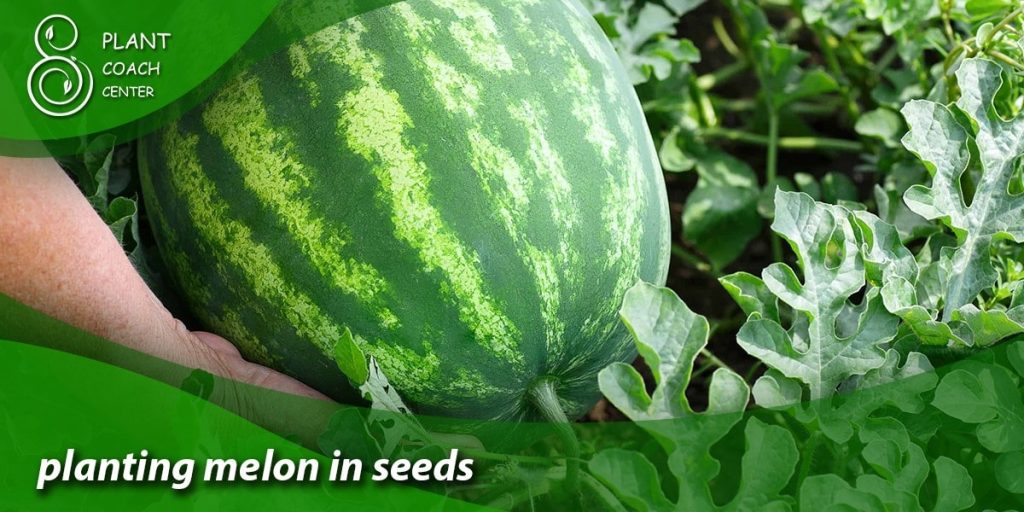
Sprouting Strategies: Maximizing Germination by Sowing Watermelon Seeds at the Right Time
Germination, the magical moment when a dormant seed awakens to life, is the cornerstone of successful gardening. When it comes to watermelon seeds, the art of germination is about the source itself and the timing of introducing it to the soil. By strategically sowing your watermelon seeds at the right time, you can give them a head start on their journey toward becoming lush, fruit-bearing vines.
Before you sow a single seed, consider your local climate and growing season. As a general rule, watermelon seeds should be planted after any threat of frost has passed, and the soil has had a chance to warm up. Cold soil can delay germination and stunt early growth, so waiting until the ground temperature reaches around 70°F (21°C) is ideal for optimal sprouting.
Starting your watermelon seeds indoors can be a game-changer for regions with short growing seasons or cooler climates. This approach allows you to create a controlled environment where seeds can germinate in warm, consistent conditions. About 2 to 4 weeks before the last frost date, sow your seeds in biodegradable pots that can be transplanted directly into the ground. This accelerates the germination process and gives your watermelon plants a head start, leading to earlier fruit production.
Direct seeding is another strategy for maximizing germination. Plant your watermelon seeds directly into the ground once the soil is warm and frost is no longer a threat. Create small hills or mounds to improve drainage and provide the sources with a friendly, cozy environment. Planting multiple seeds per hill can increase the chances of successful germination, allowing you to thin out weaker seedlings as they grow.
When sowing your watermelon seeds, be mindful of the spacing between them. Crowded roots can lead to competition for resources and hinder proper growth. Follow the spacing recommendations on the seed packet, which typically range from 3 to 5 feet apart for sprawling varieties and about 2 to 3 feet for trellised plants.
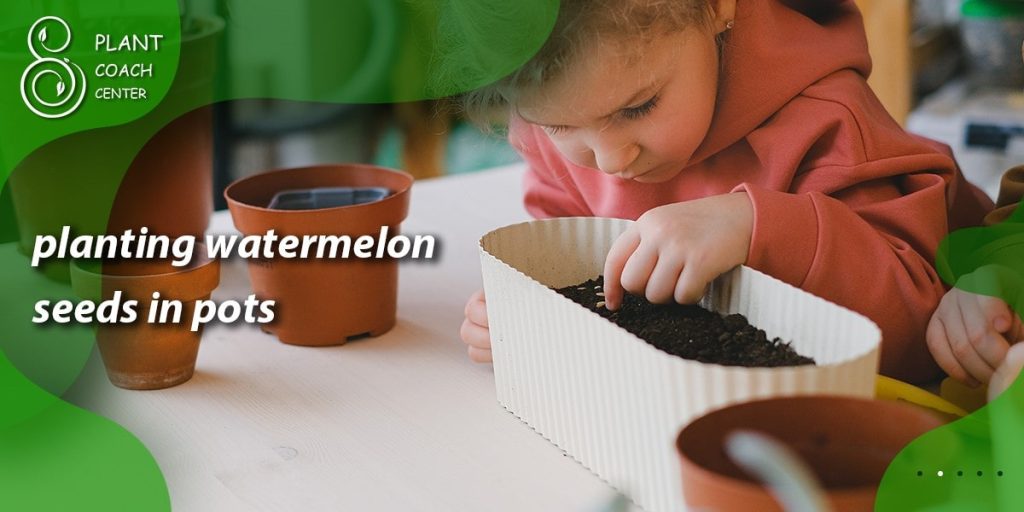
Harvest Countdown: Calculating the Days to Deliciousness from Seed Planting to Ripe Fruit
Patience is a virtue, especially in gardening, where each day is a step towards a fruitful finale. As you embark on planting watermelon seeds, it’s essential to clearly understand the timeline that leads to the ultimate reward: a perfectly ripe, sweet watermelon. The countdown from seed planting to harvest is a blend of anticipation, care, and mindful observation.
The clock starts ticking when your watermelon seeds find their home in the soil. The duration from seed planting to the first sign of fruit varies depending on your chosen variety. Generally, watermelons take around 70 to 90 days to mature, with some early types even developing in as little as 60 days. Understanding the specific maturation period of your chosen watermelon cultivar empowers you to plan for the grand finale – that moment when you pluck the first ripe watermelon from the vine.
Throughout this countdown, attentive care is paramount. Watermelon plants have distinct growth phases, from seedling to flowering and fruiting. During each stage, different requirements come into play. Adequate water and nutrients are essential for healthy growth, while sunlight ensures robust photosynthesis, vital for producing energy-rich sugars that fuel the development of sweet, juicy fruit.
The magic happens as your watermelon plants transition from flowering to fruiting. Flowers give way to tiny green fruits that gradually expand and mature. Keep a watchful eye on these nascent watermelons, observing changes in size, color, and texture. Depending on the variety, you might also follow changes in the tendrils near the fruit’s stem – when they turn brown and dry, it’s often a sign that the watermelon is nearing ripeness.
To determine the perfect time for harvest, pay attention to two key indicators: the ground spot and the sound. The area of the watermelon that rests on the ground, known as the ground spot, changes from pale green to a creamy yellow when the fruit is ripe. When you gently thump the watermelon, a ripe fruit emits a deep, resonant sound – a sign that the flesh inside is succulent and ready to be enjoyed.
Conclusion
In the symphony of gardening, timing orchestrates the harmonious dance between watermelon seeds and the elements, transforming soil, sunlight, and care into sweet, succulent rewards. From deciphering nature’s cues to embracing sprouting strategies and trellis tactics, each aspect contributes to the grand finale – the eagerly anticipated harvest.
As you embark on your watermelon growing journey, let the wisdom of observation and patience guide you, turning each day into a step towards the culmination of flavors. For more expert insights and guidance on nurturing your garden’s potential, explore the wealth of resources at PlantCouchCenter.com. As you savor the sweetness of your homegrown watermelon, remember that your journey is not just about the fruit, but the lessons learned, the seasons celebrated, and the intimate connection forged with the vibrant tapestry of nature.
When should I plant watermelon seeds in my garden?
Wait for frost to pass and soil to warm, usually in late spring.
Can I plant watermelon seeds indoors?
Yes, start indoors a few weeks before the last frost for an early advantage.
How long does it take for watermelon seeds to mature?
Watermelons typically take 70-90 days from planting to ripe, juicy fruit.


